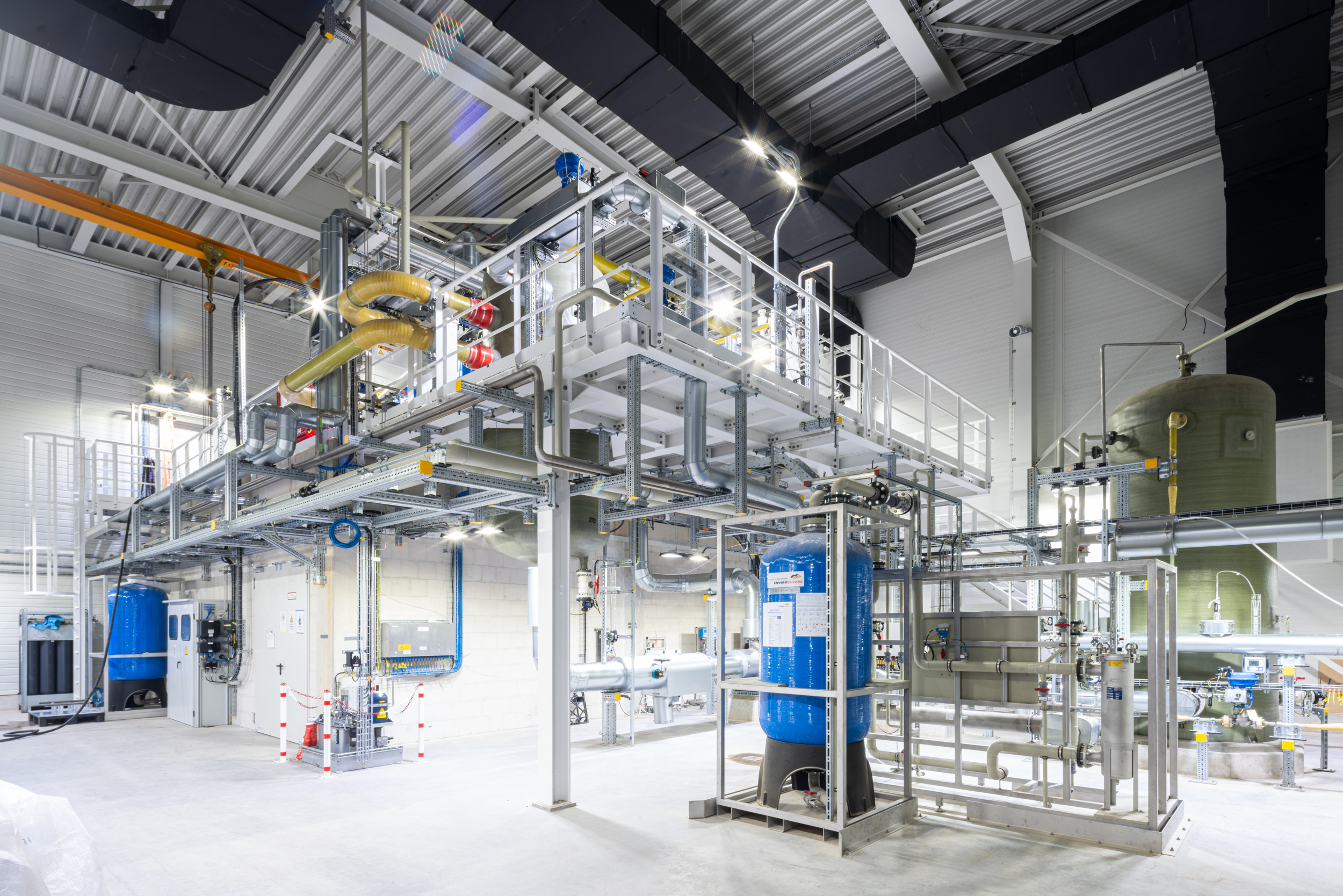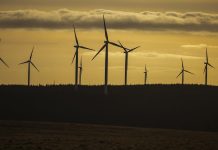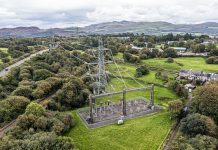RWE commissioned its pilot electrolyser plant in Lingen, Germany in the presence of Federal Minister for Economic Affairs and Climate Action Robert Habeck, Lower Saxony’s Minister President Stephan Weil and Lower Saxony’s Minister for the Environment, Energy and Climate Protection.
The facility on the site of RWE’s Emsland gas-fired power plant has a capacity of 14MW. It can generate up to 270kg of green hydrogen per hour using electricity from renewable sources. Featuring two different electrolysis technologies, the pilot plant is to provide valuable insights for developing future industrial-scale hydrogen facilities. The first large commercial electrolyser plant is already being built only metres away. As part of the GET H2 Nukleus project, a 100-MW electrolyser is to be commissioned there by 2025, with its capacity to be expanded to 300 MW by 2027.
Markus Krebber, CEO of RWE AG: “Over the coming years, we will expand our production capacities for green hydrogen at this site further to supply industrial consumers with green molecules and thus support them in their decarbonisation efforts. Together with our partner companies, our teams are pioneering these innovative technologies here. The hydrogen economy is extremely complex. With the core grid, an import strategy, domestic hydrogen production, and hydrogen storage facilities we have a target picture of the future. We can see a part of this vision becoming reality here and now.”
The Lower Saxony Ministry for the Environment, Energy and Climate Protection provided €8m in funding for the pilot electrolyser that has just been commissioned. The company has also been granted funding from the federal government and the state of Lower Saxony of over €490m for constructing the 300MW electrolyser as part of the GET H2 Nukleus project.
RWE uses the pilot plant to gain valuable insights into developing and operating industrial-scale systems
The pilot electrolyser consists of two sub-systems – an alkaline electrolyser from Sunfire with a capacity of 10MW and a 4MW plant, designed and built by Linde using a PEM electrolyser (proton exchange membrane) from ITM Power.
Initially, the hydrogen produced in the pilot plant is to be added to the fuel for the power plant’s unit D gas turbine as part of a comprehensive test programme at the site. From mid-2025, it will also be possible to fill hydrogen-powered vehicles with hydrogen from the pilot plant at the Emsland gas-fired power plant. The construction work for a hydrogen filling station and a trailer filling facility for hydrogen has already commenced.
Lingen as a starting point for the ramp-up of the hydrogen economy
Together with strong partners, RWE is part of the GET H2 initiative aimed at building the first hydrogen infrastructure in Germany that is accessible to the public. The GET H2 Nukleus project connects the production facilities for green hydrogen in Lingen to industrial consumers in Lower Saxony and North Rhine-Westphalia. The grid, spanning 130km from Lingen to Gelsenkirchen, is to become the first hydrogen grid in the regulated sector with transparent prices and providing non-discriminatory access. In this way, the initiative wants to contribute towards significantly accelerating the ramp-up of the hydrogen economy and help companies in the industrial and mobility sectors to reach their climate targets.




